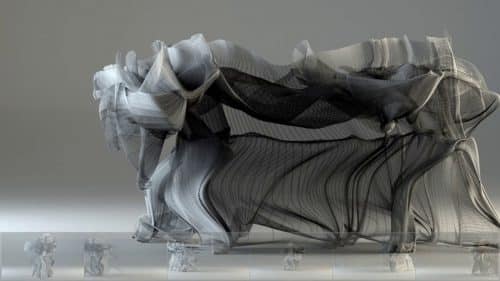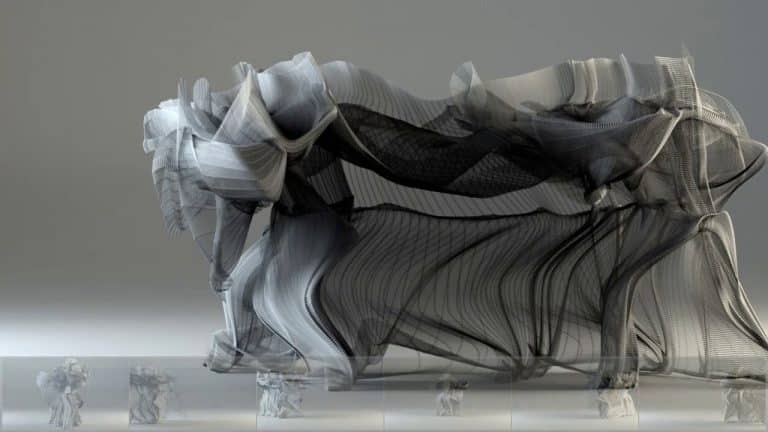How does our brain help us see color? Find out in this video! Learn how our color vision works as we follow a beam of sunlight bouncing off a beach ball. In this visual journey, we’ll explore the physics of visible light, the structure of our eyes, and how our brain processes visual information.
Transcript:
What makes the ocean blue? Why does sand look tan? To understand color, we need to know a bit of light.
Light is a kind of wave, just like radio waves. The only difference between radio waves and visible light is the wavelength. X-rays, radio waves and light waves are all part of the same electromagnetic spectrum. But only certain wavelengths can be detected by the human eye. Each of these wavelengths is a different color.
Light from the sun may not seem to have any color. But in fact, every color of the rainbow is already in sunlight. Together they make white light. This mix of colors and white light is what lets us see colored objects. When sunlight hits a beach ball, we see only the light that bounces off of it. Different parts of the ball reflect different colors. The yellow side reflects yellow light. The purple side reflects purple light. The wavelengths that don’t bounce off get absorbed as heat. Only the colors that bounce off reach your eyes.
The color of light coming from an object is what gives it color. Light travels into the eye to the retina located on the back of the eye. The retina is covered with millions of light-sensitive cells called rods and cones. When these cells detect light, they send signals to the brain. Cone cells help detect colors.
Most people have three kinds of cone cells. People with fewer cones see fewer colors (i.e., “color blindness”). Some cones respond more strongly to blue light. Others pulse faster in response to green. Every color stimulates more than one cone. Their combined response produces a unique signal for each color. Millions of different colors can be distinguished this way.
Each cell detects a different part of the image. Nerve signals from the eye are sent to the brain along the optic nerve. The brain will decode these nerve signals to recreate the image. The optic nerve carries these nerve signals to the visual cortex, on the back of the head. The nerve signals arrive in the visual cortex, where an image begins to form. Various brain parts analyze color and shape, movement and location, and conscious perception is created.











